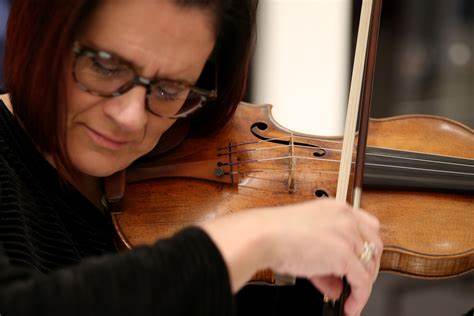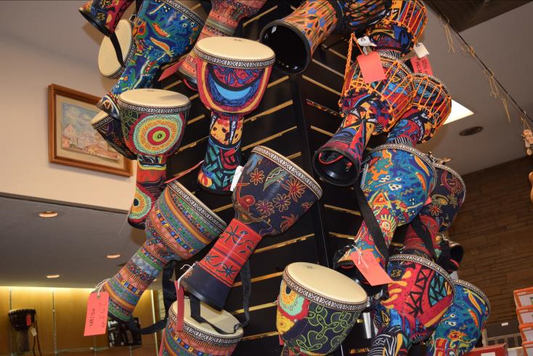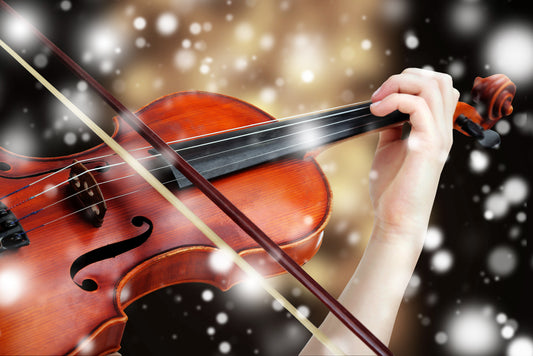Music Music Music

The Strad... What is it and Why is it Valued B...
Not much has changed in the field of violin production and dealing since Antonio Stradivari set up shop in Cremona, Italy, during the late 17th century. Dukes and queens coveted the craftsman’s creations back...
The Strad... What is it and Why is it Valued B...
Not much has changed in the field of violin production and dealing since Antonio Stradivari set up shop in Cremona, Italy, during the late 17th century. Dukes and queens coveted the craftsman’s creations back...

How to Buy a Violin Bow
Whether you're a student starting out on the violin, or a professional musician, choosing the right violin bow to buy can be difficult. There are a variety of violin bows...
How to Buy a Violin Bow
Whether you're a student starting out on the violin, or a professional musician, choosing the right violin bow to buy can be difficult. There are a variety of violin bows...

RED TAG SALE - Golden Music Marks Down Hundreds...
RED TAG SALE ALL OVER THE STORE!!!!We’ve been doing markdowns—had some time to look at overstockedinventory!!! Many items marked 25% under internet pricing from these amazing instruments: Ukes, Bowed Cases, Nylon String...
RED TAG SALE - Golden Music Marks Down Hundreds...
RED TAG SALE ALL OVER THE STORE!!!!We’ve been doing markdowns—had some time to look at overstockedinventory!!! Many items marked 25% under internet pricing from these amazing instruments: Ukes, Bowed Cases, Nylon String...
Three Rules of Thumb for Stepping up To a Bette...
Set-up Sound Longevity Set-up - Buy from a reputable brick and mortor store rather than the internet. They can make sure your instrument is properly adjusted, and keep it sounding...
Three Rules of Thumb for Stepping up To a Bette...
Set-up Sound Longevity Set-up - Buy from a reputable brick and mortor store rather than the internet. They can make sure your instrument is properly adjusted, and keep it sounding...
Six Essentials for Playability and Payability i...
6 essentials for a playable and payable violin, viola or cello http://ow.ly/xEKmz. This is an interesting Youtube video about things to look for when buying a violin </iframe
Six Essentials for Playability and Payability i...
6 essentials for a playable and payable violin, viola or cello http://ow.ly/xEKmz. This is an interesting Youtube video about things to look for when buying a violin </iframe

Is Your Wooden Musical Instrument Prepared for ...
How can a dip in temperature cause damage to your wood instrument? Wood is a material that expands while in hot temperatures and high humidity and shrinks in cold temperatures...
Is Your Wooden Musical Instrument Prepared for ...
How can a dip in temperature cause damage to your wood instrument? Wood is a material that expands while in hot temperatures and high humidity and shrinks in cold temperatures...
